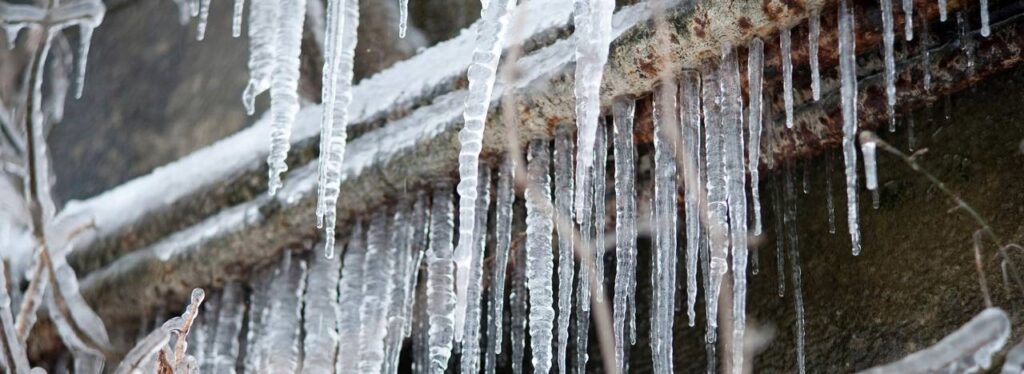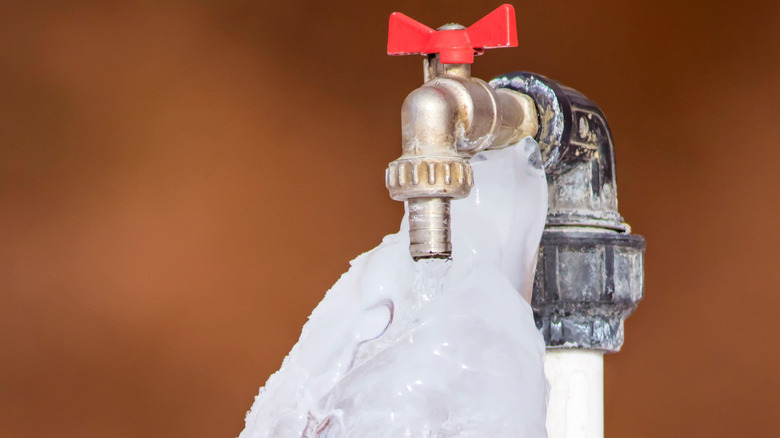What are your thoughts on Helpful Tips to Prevent Frozen Pipes this Winter?

Winter can damage your pipes, specifically by freezing pipelines. Right here's exactly how to stop it from happening and what to do if it does.
Intro
As temperature levels decrease, the danger of frozen pipes boosts, potentially bring about pricey fixings and water damages. Comprehending exactly how to prevent icy pipes is essential for homeowners in cold climates.
Comprehending Icy Pipelines
What triggers pipelines to freeze?
Pipes freeze when exposed to temperatures listed below 32 ° F (0 ° C) for expanded durations. As water inside the pipelines ices up, it expands, taxing the pipe wall surfaces and possibly causing them to burst.
Dangers and damages
Icy pipelines can bring about water supply disturbances, building damage, and costly fixings. Burst pipes can flood homes and trigger substantial structural damages.
Indications of Frozen Pipeline
Identifying frozen pipes early can avoid them from rupturing.
Exactly how to identify frozen pipes
Try to find lowered water flow from taps, uncommon smells or noises from pipelines, and noticeable frost on revealed pipelines.
Prevention Tips
Insulating prone pipelines
Cover pipelines in insulation sleeves or make use of heat tape to protect them from freezing temperature levels. Focus on pipelines in unheated or exterior locations of the home.
Heating strategies
Maintain interior areas appropriately heated, particularly locations with plumbing. Open cabinet doors to enable cozy air to distribute around pipelines under sinks.
Safeguarding Outside Plumbing
Yard hose pipes and outside faucets
Disconnect and drain yard pipes before winter. Set up frost-proof faucets or cover outdoor faucets with shielded caps.
What to Do If Your Pipes Freeze
Immediate activities to take
If you think icy pipes, maintain faucets open up to soothe stress as the ice thaws. Utilize a hairdryer or towels soaked in hot water to thaw pipelines gradually.
Long-Term Solutions
Structural modifications
Consider rerouting pipes away from exterior wall surfaces or unheated locations. Add additional insulation to attics, cellars, and crawl spaces.
Upgrading insulation
Buy high-grade insulation for pipelines, attics, and wall surfaces. Proper insulation aids maintain consistent temperatures and minimizes the risk of frozen pipelines.
Final thought
Preventing frozen pipelines requires positive steps and quick feedbacks. By recognizing the reasons, indicators, and preventive measures, house owners can shield their pipes during cold weather.
5 Ways to Prevent Frozen Pipes
Drain Outdoor Faucets and Disconnect Hoses
First, close the shut-off valve that controls the flow of water in the pipe to your outdoor faucet. Then, head outside to disconnect and drain your hose and open the outdoor faucet to allow the water to completely drain out of the line. Turn off the faucet when done. Finally, head back to the shut-off valve and drain the remaining water inside the pipe into a bucket or container. Additionally, if you have a home irrigation system, you should consider hiring an expert to clear the system of water each year.
Insulate Pipes
One of the best and most cost-effective methods for preventing frozen water pipes is to wrap your pipes with insulation. This is especially important for areas in your home that aren’t exposed to heat, such as an attic. We suggest using foam sleeves, which can typically be found at your local hardware store.
Keep Heat Running at 65
Your pipes are located inside your walls, and the temperature there is much colder than the rest of the house. To prevent your pipes from freezing, The Insurance Information Institute suggests that you keep your home heated to at least 65 degrees, even when traveling. You may want to invest in smart devices that can keep an eye on the temperature in your home while you’re away.
Leave Water Dripping
Moving water — even a small trickle — can prevent ice from forming inside your pipes. When freezing temps are imminent, start a drip of water from all faucets that serve exposed pipes. Leaving a few faucets running will also help relieve pressure inside the pipes and help prevent a rupture if the water inside freezes.
Open Cupboard Doors
Warm your kitchen and bathroom pipes by opening cupboards and vanities. You should also leave your interior doors ajar to help warm air circulate evenly throughout your home.

We were shown that editorial on 6 Ways to Prevent Frozen Pipes through someone on another blog. Sharing is caring. Helping others is fun. We truly appreciate your readership.
Call Today
Comments on “Crucial Advice to Prevent Frozen Plumbing in Winter: Specialist Guidance”